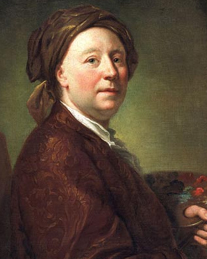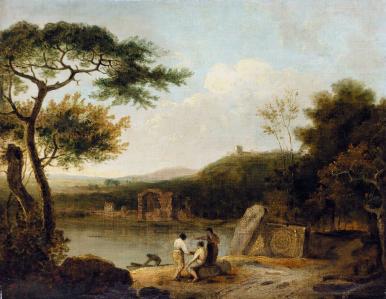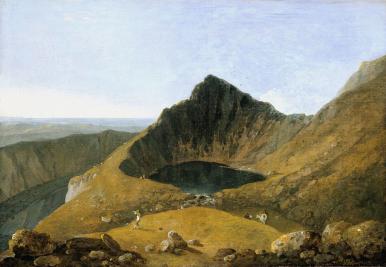본문

추가정보
The son of a clergyman, Wilson was born in Penegoes, Montgomeryshire. The family was an old and respected one, and Wilson was first cousin to Charles Pratt, 1st Earl Camden[3]. In 1729 he went to London where he began as a portrait painter, under the apprentership of an obscure artist, Thomas Wright. From 1750 to 1757 he was in Italy and adopted landscape on the advice of Francesco Zuccarelli. Painting in Italy and afterwards in England, he was the first major British painter to primarily concentrate on landscape. He composed well, but saw and rendered only the general effects of nature thereby creating a personal, ideal style influenced by Claude Lorrain and the Dutch landscape tradition. According to John Ruskin, he "paints in a manly way, and occasionally reaches exquisite tones of colour." He concentrated on painting Italianate landscapes and landscapes based upon classical literature, but when his painting The Destruction of the Children of Niobe (c.1759-60) won high acclaim he gained many commissions from wealthy families seeking classical portrayals of their estates.
His landscapes were acknowledged as an influence by Constable and Turner. Wilson died in Colomendy, Denbighshire and is buried in the grounds of the parish church of St Mary the Virgin, Mold, Flintshire.







